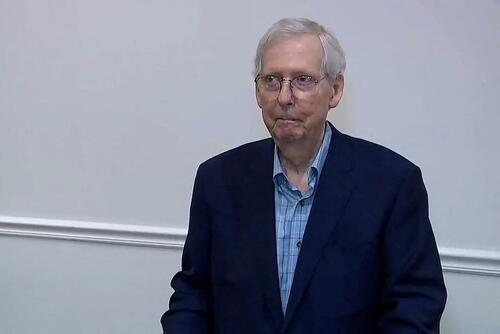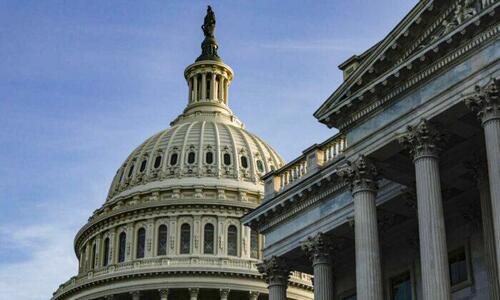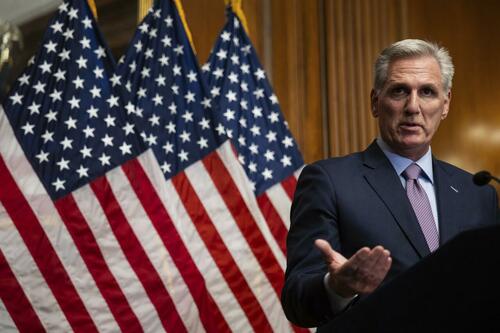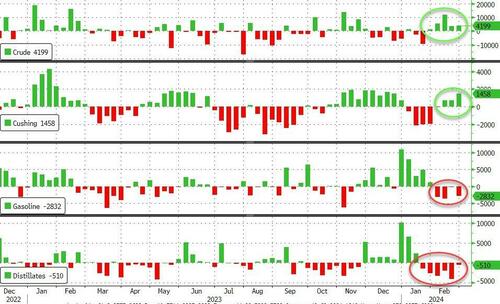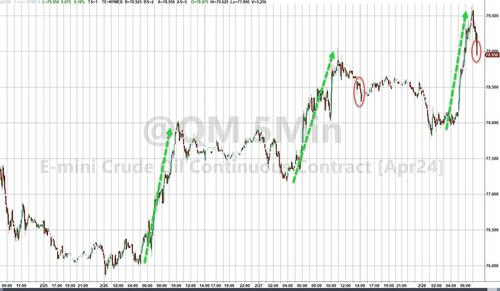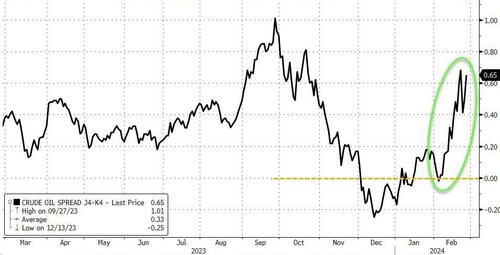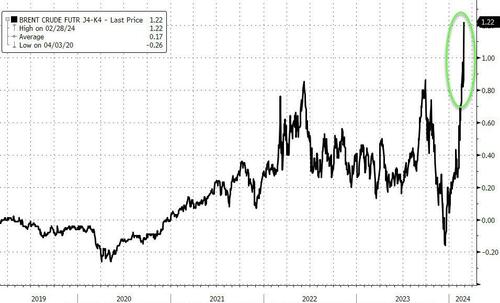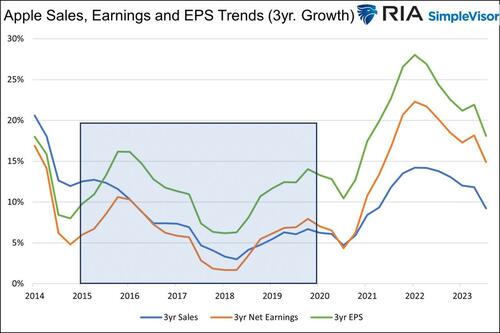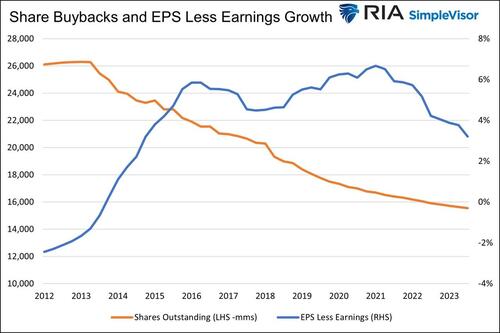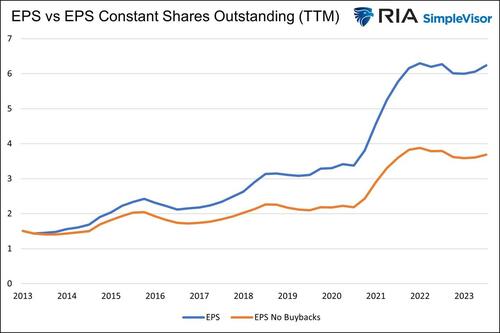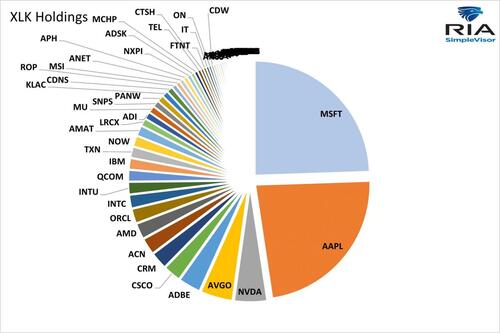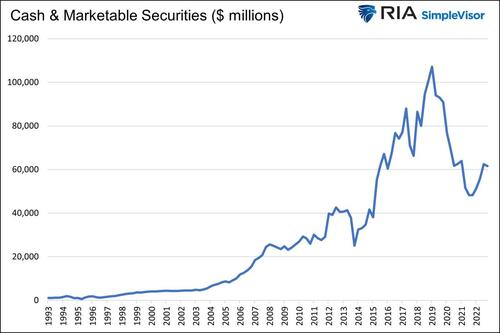“We Don’t Do That Here”: Former NY Times Editor Blasts The “Gray Lady” For Bias And Activism
Former New York Times editor Adam Rubenstein has a lengthy essay at The Atlantic that pulls back the curtain on the newspaper and its alleged bias in its coverage. The essay follows similar pieces from former editors and writers that range from Bari Weiss to Rubenstein’s former colleague James Bennet. The essay describes a similar work environment where even his passing reference to liking Chik-Fil-A sandwiches led to a condemnation of shocked colleagues.
An opinion-section editor, Rubenstein was involved in the controversy over publishing Sen. Tom Cotton’s (R., Ark.) op-ed where he argued for the possible use of national guard to quell violent riots around the White House.
It was one of the lowest points in the history of modern American journalism. Cotton was calling for the use of the troops to restore order in Washington after days of rioting around the White House. While Congress would “call in the troops” six months later to quell the rioting at the Capitol on January 6th, New York Times reporters and columnists called the column historically inaccurate and politically inciteful. Reporters insisted that Cotton was even endangering them by suggesting the use of troops and insisted that the newspaper cannot feature people who advocate political violence. One year later, the New York Times published a column by an academic who had previously declared that there is nothing wrong with murdering conservatives and Republicans.
Rubenstein noted:
On January 6, 2021, few people at The New York Times remarked on the fact that liberals were cheering on the deployment of National Guardsmen to stop rioting at the Capitol Building in Washington, D.C., the very thing Tom Cotton had advocated.
Instead, he describes an environment in which the staff routinely rejected conservative viewpoints, subjected conservatives to added demands and editing, and faced staff opposition to working on such pieces. He noted:
Being a conservative—or at least being considered one—at the Times was a strange experience. I often found myself asking questions like “Doesn’t all of this talk of ‘voter suppression’ on the left sound similar to charges of ‘voter fraud’ on the right?” only to realize how unwelcome such questions were. By asking, I’d revealed that I wasn’t on the same team as my colleagues, that I didn’t accept as an article of faith the liberal premise that voter suppression was a grave threat to liberal democracy while voter fraud was entirely fake news.
Or take the Hunter Biden laptop story: Was it truly “unsubstantiated,” as the paper kept saying? At the time, it had been substantiated, however unusually, by Rudy Giuliani. Many of my colleagues were clearly worried that lending credence to the laptop story could hurt the electoral prospects of Joe Biden and the Democrats. But starting from a place of party politics and assessing how a particular story could affect an election isn’t journalism. Nor is a vague unease with difficult subjects. “The state of Israel makes me very uncomfortable,” a colleague once told me. This was something I was used to hearing from young progressives on college campuses, but not at work.
What emerges from the interview is all-too-familiar to many of us on this blog.
I have long been a critic of what I called “advocacy journalism” as it began to emerge in journalism schools. These schools encourage students to use their “lived expertise” and to “leave[] neutrality behind.” Instead, of neutrality, they are pushing “solidarity [as] ‘a commitment to social justice that translates into action.’”
For example, we previously discussed the release of the results of interviews with over 75 media leaders by former executive editor for The Washington Post Leonard Downie Jr. and former CBS News President Andrew Heyward. They concluded that objectivity is now considered reactionary and even harmful. Emilio Garcia-Ruiz, editor-in-chief at the San Francisco Chronicle said it plainly: “Objectivity has got to go.”
Saying that “Objectivity has got to go” is, of course, liberating. You can dispense with the necessities of neutrality and balance. You can cater to your “base” like columnists and opinion writers. Sharing the opposing view is now dismissed as “bothsidesism.” Done. No need to give credence to opposing views. It is a familiar reality for those of us in higher education, which has been increasingly intolerant of opposing or dissenting views.
Downie recounted how news leaders today
“believe that pursuing objectivity can lead to false balance or misleading “bothsidesism” in covering stories about race, the treatment of women, LGBTQ+ rights, income inequality, climate change and many other subjects. And, in today’s diversifying newsrooms, they feel it negates many of their own identities, life experiences and cultural contexts, keeping them from pursuing truth in their work.”
There was a time when all journalists shared a common “identity” as professionals who were able to separate their own bias and values from the reporting of the news.
Now, objectivity is virtually synonymous with prejudice. Kathleen Carroll, former executive editor at the Associated Press declared “It’s objective by whose standard? … That standard seems to be White, educated, and fairly wealthy.”
In an interview with The Stanford Daily, Stanford journalism professor, Ted Glasser, insisted that journalism needed to “free itself from this notion of objectivity to develop a sense of social justice.” He rejected the notion that journalism is based on objectivity and said that he views “journalists as activists because journalism at its best — and indeed history at its best — is all about morality.” Thus, “Journalists need to be overt and candid advocates for social justice, and it’s hard to do that under the constraints of objectivity.”
Lauren Wolfe, the fired freelance editor for the New York Times, has not only gone public to defend her pro-Biden tweet but published a piece titled “I’m a Biased Journalist and I’m Okay With That.”
Former New York Times writer (and now Howard University Journalism Professor) Nikole Hannah-Jones is a leading voice for advocacy journalism.
Indeed, Hannah-Jones has declared “all journalism is activism.”
It is easy to see how this was a “strange experience” for Rubenstein.
He objects that “our goal was supposed to be journalistic, rather than activist,” but he found reporters actively working to advance the political interests of the Democrats and Joe Biden.
It was a strange, not a unique, experience. It is another account of the orthodoxy of American media, which increasingly functions like a de facto state media.
In his description of the sandwich controversy, Rubenstein describes how he was introduced to the culture of the New York Times at his orientation meeting. When asked about his favorite sandwich in the group meeting, he committed the offense of naming Chick-fil-A’s spicy chicken sandwich.
That led to a shocked hush before the rep leading the orientation said: “We don’t do that here. They hate gay people.” That statement was met with the snapping of fingers from the staff in agreement in a communal condemnation.
It is clear from the account that, at the Times and other major outlets, there is much of traditional journalism that they “don’t do . . . here.”
Tyler Durden
Wed, 02/28/2024 – 13:25
via ZeroHedge News https://ift.tt/vjnURWB Tyler Durden

